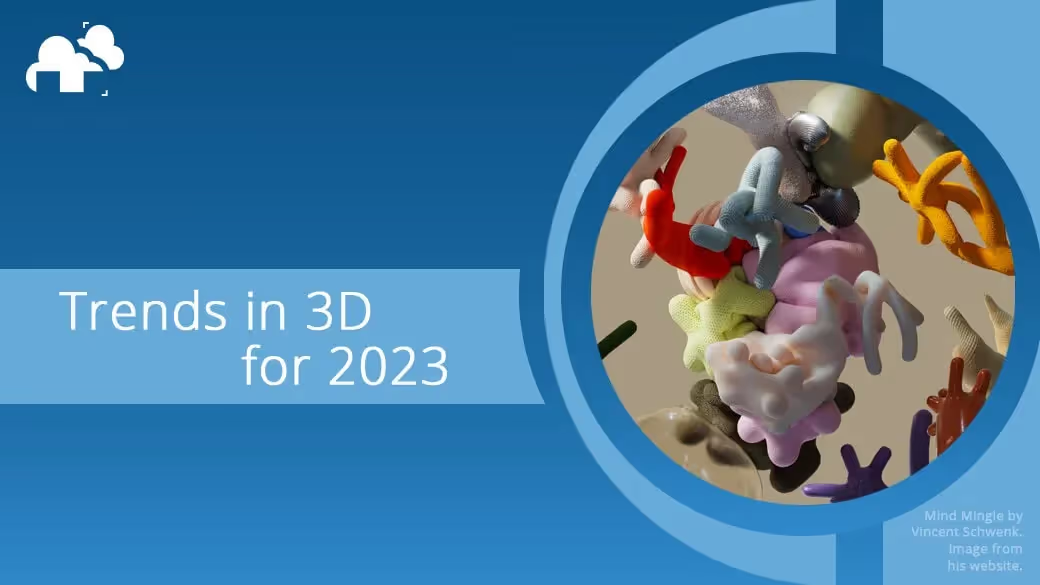
Let’s begin with a caveat: any article that talks about the latest trends in any field runs the risk of being overtaken by developments in the real world. The 3D industry is highly dynamic, with many CG artists and firms at this very moment literally going without sleep in pursuit of a certain vision or developing a particular technique or creating a whole new aesthetic that pushes the cutting edge of visual arts further and faster than this article can cover.
With that out of the way, the trends that we will outline here do show a potential to direct how 3D is thought about and done towards a certain course in both the near and far future. From the new heights that photorealism has achieved to the reinvention of how visual effects in movies are done to the (of course) involvement of AI, there’s never been a more disrupted and disruptive time for 3D.
Let’s dive in.
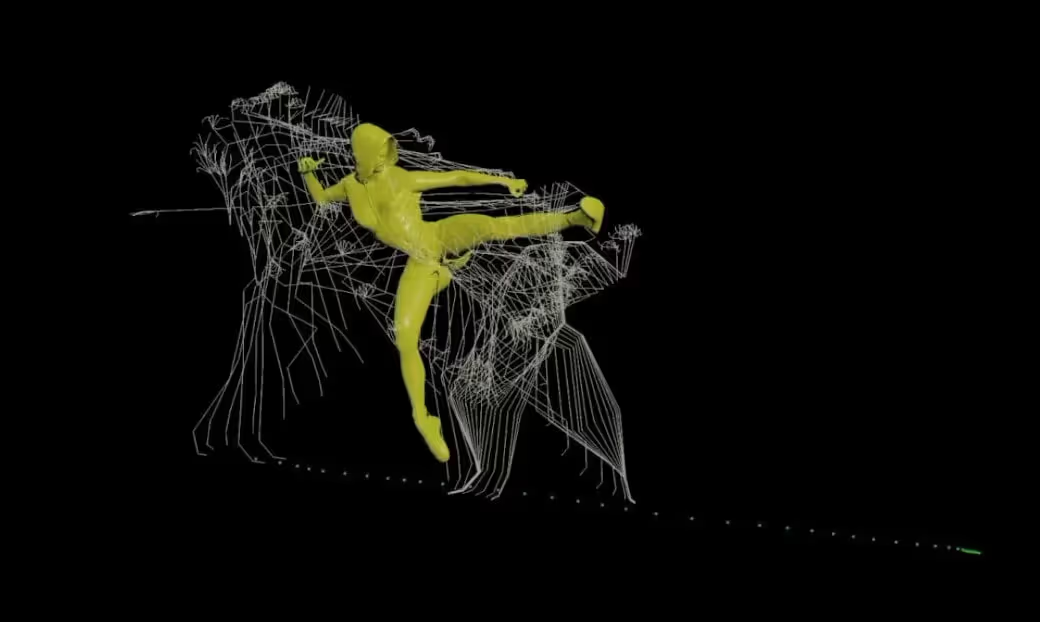
From the first time William Fetter modeled a human being sitting inside an airplane cockpit to help improve plane designs for Boeing in the 1960s, computer graphic designers have always sought to make their 3D models more and more humanlike and lifelike.
After 6 decades, realism in 3D has come a long way. Photorealism is now a word; it means we judge the realism of a 3D image by how much it has fooled us into thinking that it was captured by a camera and not rendered on a machine.
But it is 2023 now, and 3D artists have gone past simply imitating life. Photorealism is still the basic level of acceptability in terms of look and finish. But artists who can achieve photorealism have used it to play with viewers’ expectations to give real life a twist inside their 3D-rendered worlds: you now get photorealistic humans with inhuman features, or perfectly-realistic textures behaving in absolutely mind-bending ways.
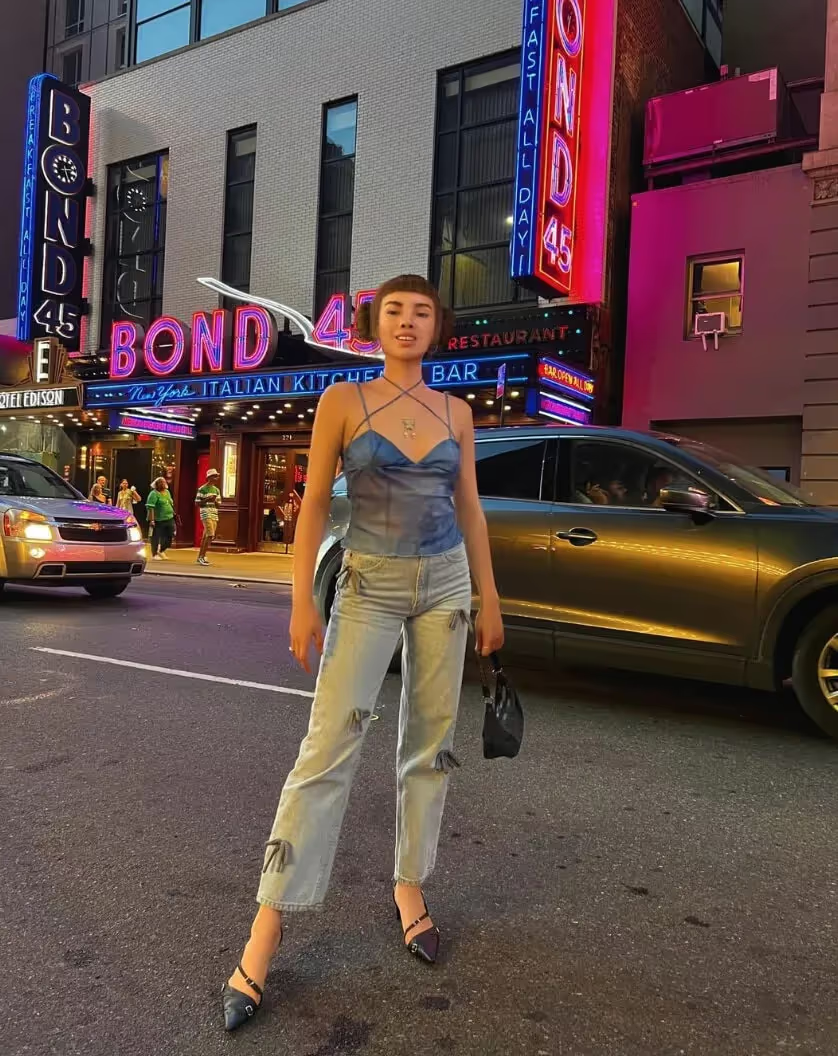
Take for example Instagram influencer Miquela. No, she’s not a 3D artist. She is a virtual human “living” in LA. She shops, eats, goes on trips, hobnobs with celebrities, and shares it all with her 2.8 million followers online. At first, second, maybe even third look you’d think this is just another privileged Gen Z-er living it up. But look closely and you’ll sense something uncanny about her – she’s 3D!
The artists behind Miquela – Trevor McFedries and Sara DeCou – skillfully gave some of her features just a tad bit of a twist to betray Miquela’s non-humanness (for me it’s the nose). Otherwise, the rest of the image is outstandingly spot on in terms of realism – the lighting, the composition, the textures, the integration with real-life environments (heck, Miquela even poses with real people). Judging by some of the comments on her posts, not everyone could tell that Miquela is hyperreal.
Human photorealism is just one aspect of achieving a photography-like finish in 3D; materials are another. Since the dawn of 3D, designers have obsessed over how to make different fabrics, surfaces, and objects look and feel real.
But like in human photorealism, 3D artists have gone past just rendering materials accurately. The craft has advanced so much that skillful 3D artists are now able to combine materials in unexpected ways and make them behave in unexpected patterns all while looking absolutely photo-like. A master at this kind of reality bending is Vincent Schwenk.
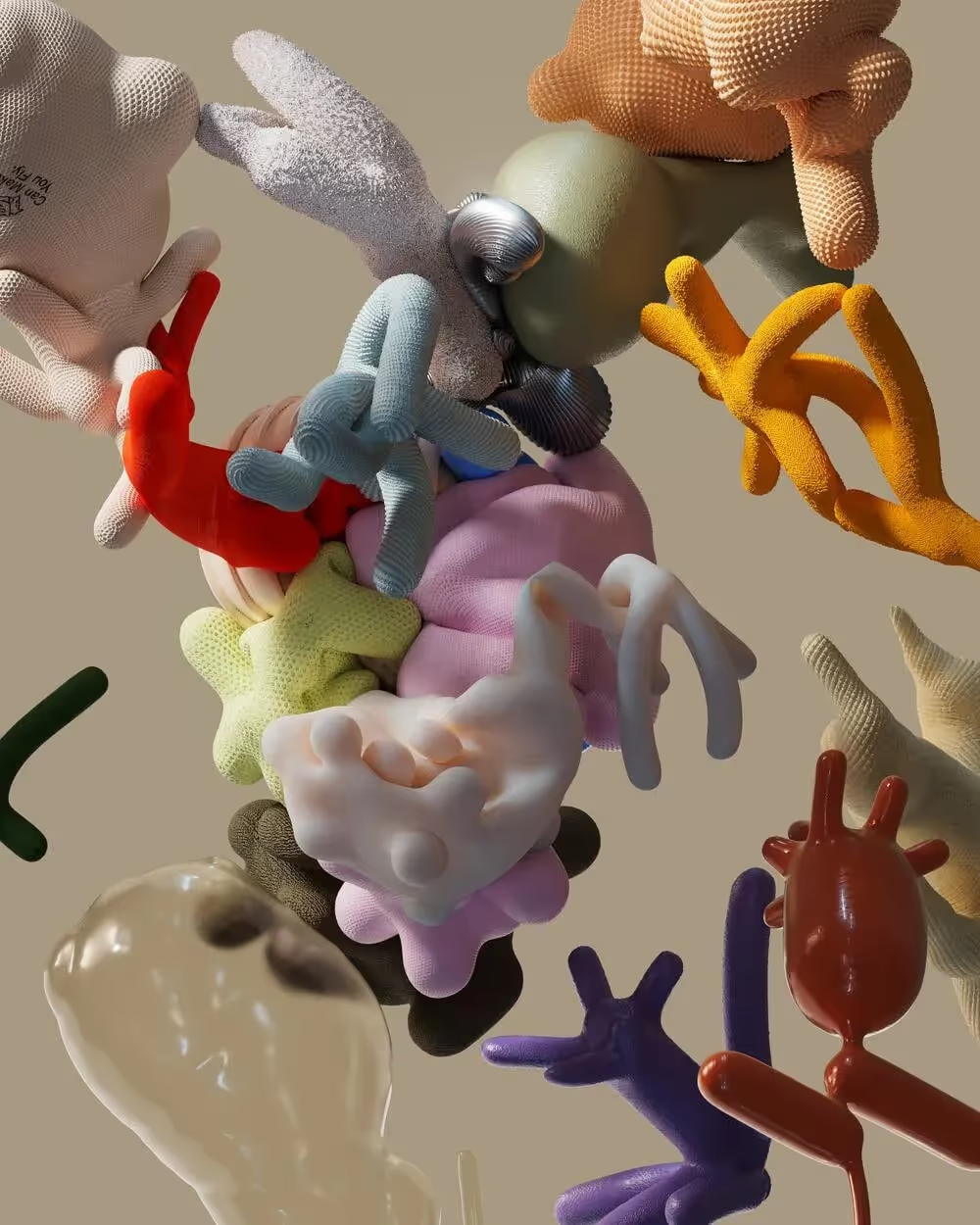
Vincent takes soft materials like foam, shapes them into something that we expect to be hard, say a stone or a piece of coral, then makes them meld and fold into each other, making the hard edges disappear all while everything looks impeccably photorealistic. His visual experiments all toy with the viewer’s expectations of reality – he sells you the idea of reality by making everything look stunningly real until everything jumps and bends and twists and folds in ways that are never possible in real life.
Realism in 3D has reached incredible levels of sophistication and there are no signs of stopping its development. If we could go from William Fetter’s Boeing Man to Miquela and Vincent Schwenk’s self-dancing fabrics in 60 years, it’s both exciting and scary to think about where we could be even half that time into the future.
More photorealism means more detail in every frame, and more detail in a frame means heavier rendering demands. As the level of photorealism increases, the ability to render images or sequences locally on any single machine decreases. This is where a reliable render farm comes in as a more cost- and time-efficient way to finalize photorealistic projects.
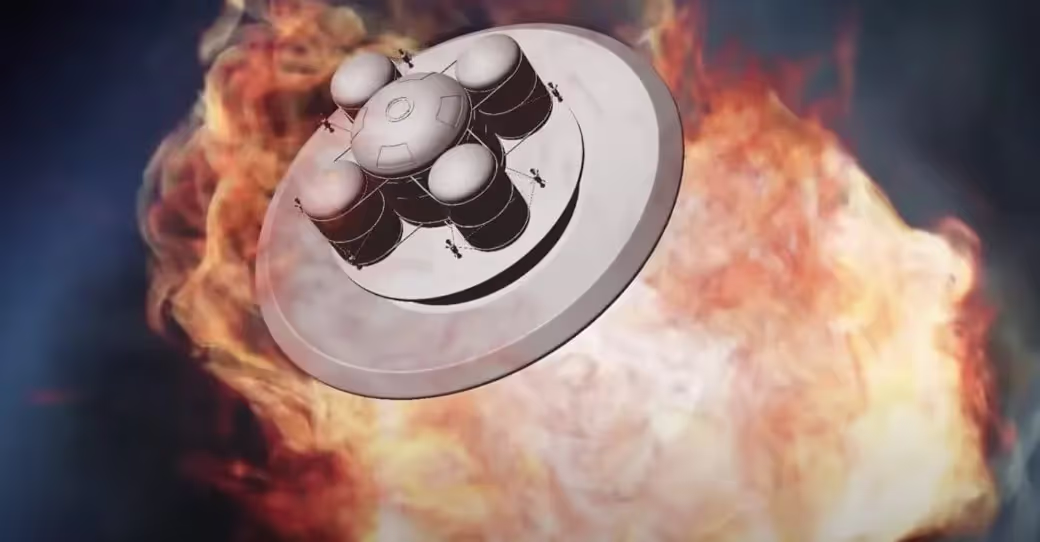
We know 3D is heavily used in architectural visualization, cinematic world-building, and game design. Now, we are beginning to see an increase in the use of 3D for scientific visualization. Science is chock full of concepts that are hard to convey and much harder. As visual beings, we humans are able to understand ideas better when they are visualized.
And scientific visualization isn’t just for people outside the scientific community. Even scientists themselves benefit from accurate and detailed visualizations of different subject matter. Quality visualizations can facilitate better discussions about concepts.
Being able to externalize concepts (which is what visuals do) also allow scientists to look at things from perspectives they may not have had access to before. From visualizing the biggest phenomena in the known universe like merging black holes to the tiniest events like colliding accelerated protons, 3D will prove more and more how a product of science can be a conduit of it, too.
Scientific models are complex. If one wants to capture and portray scientific complexity in 3D, one has to be ready to render detail-heavy scenes. That would require hardware power, something personal workstations might not be able to handle, at least not within reasonable timelines. Online render farms are designed precisely for rendering demanding scenes in as little time as possible at a reasonable cost.

Yes, it’s the opposite of minimalism. In maximalism, the artist follows a “more is more” approach in design: more colors, more elements, more textures, more lines, more angles of movements, more iterations, more…more. This design philosophy seeks to push the medium to its extremes; when it comes to 3D, it pushes the technology as well.
Not surprisingly, this trend stems from the technological nature of 3D. The unrelenting pace with which various 3D software innovate is matched only by the unquenchable thirst of 3D artists to push these innovations to their most beautifully arresting extremes. Whether it’s a text-based 3D generation, procedural texturing, or 3D reconstruction from a single 2D image, you can be sure that somewhere, someone is taking these tools and creating vivid, psychedelic, trippy, “maximalized” 3D worlds with them.
You guessed it – maximalism involves more 3D elements, parameters, textures, and properties that require beefy hardware to compute altogether to be properly projected onto 2D screens. If you’re a maximalist on a deadline, an online render farm is your friend.
I know; nothing is spared by AI. There’s AI customer support, AI ad copywriters, AI image creators, AI business analysts, and AI vehicles. While I do think the work of 3D artists is safe from disruption, AI has begun to make its impact felt in the 3D workflow.
Heck, all the 3D innovations I mentioned in the previous section – text to 3D tools, procedural texturing, and 3D reconstruction from a single 2D image – are all AI-driven. We have a whole article dealing with AI and its impact on 3D and you can read through it when you have time. But basically, what we found out is that AI has the potential to impact every part of the 3D workflow, from modeling to rendering.
We concluded that while it may never supplant human creativity and originality, it nevertheless can still impact the industry in profound ways – from lessening the headcount needed for 3D modeling to drastically lessening render times and cost at online render farms.

This part should read more like “the role of AI in render farms”: AI stands to both threaten and improve render farms. On one hand, AI can lead to improvements in local rendering, such that smaller projects might not need the help of render farms anymore.
On the other hand, AI can help optimize render farm operations, leading to faster render speeds and lower costs, making it a no-brainer for even small projects to be beamed up and rendered on farms. TLDR: it could be a push and pull when it comes to AI and render farms.
No, I don’t mean the level of sound (that won’t make sense in an article about 3D visuals). The Volume I’m referring to is the film set where actors are filmed live surrounded by large high-definition LED screens that display any backdrop the filmmakers want.
It’s also known as virtual production and it was pioneered by the wonderful folks over at Industrial Light & Magic (ILM). If you haven’t heard of ILM, their credits read like the history of visual effects – Star Wars I-IX, all the Marvel films, Lord of the Rings, Avatar 1 and 2, Indiana Jones, E.T., Terminator, and more.
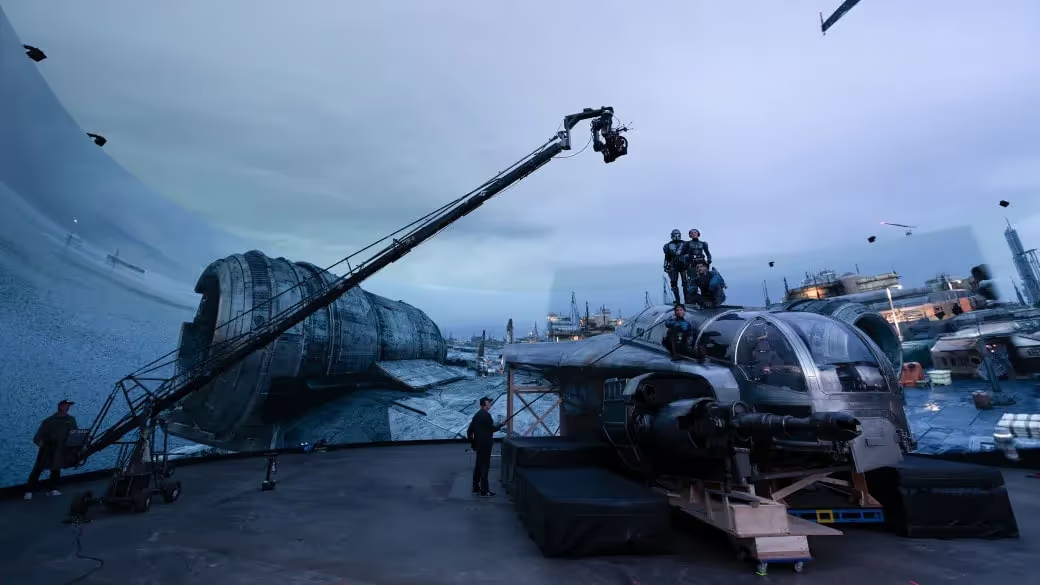
The impact of The Volume in filmmaking cannot be overstated. It allows film crews the ultimate flexibility in shoot logistics – imagine, you don’t have to rush the shoot trying to catch the light of the sunrise or sunset on an actual location.
It also greatly reduces the cost of film production. Right now, the cost of renting The Volume or creating your own virtual production studio still borders on the prohibitive (you still won’t see super-indie self-funded productions booking time in it anytime soon). But spending on virtual production still beats spending to haul all your actors and equipment and props over to a location to shoot some of your scenes.
Now, what does 3D have to do with virtual production? You see, the backdrops that you project on those giant LED screens are made in 3D. They cannot be flat, 2D images because that would mess up the parallax and ruin the visual magic. It’s the 3Dness of the landscapes or interiors on the giant screen that allows the camera to be moved around while filming and maintain the in-camera illusion of realness for the background.
The Volume offers another advantage as well: lighting. Pre-Volume, the go-to technique for shooting actors and superimposing them later on location via post is the use of green screens. But green screens lend a green tinge onto the actors and the foreground objects that have to be cured out later in the post, costing time and money. With The Volume, the powerful screens become a source of light as well and a more accurate one at that since it gives off light that is in tune with the location, time of day, and environment that the screens are displaying.
The best use case for the Volume so far is the Star Wars spinoff series The Mandalorian. Imagine if The Mandalorian had been filmed using green screen; all that green would have been reflected onto his metallic beskar armor. That would have been hell to edit out in the post.
Then it would have been another fresh hell to edit in the proper reflections on the armor. You’d have to rotoscope those in frame by frame. Yikes. The Volume proved to not just be a solution for avoiding location shoots; it also became a solution for beautifully and relatively effortlessly filming a sci-fi knight in literally shining armor.
Currently, Unreal Engine is the go-to software used to create backdrops for virtual productions. Unreal Engine is a real-time rendering software and does not need render farms. However, for scenes that have fixed camera angles, pre-rendered backdrops can maximize the detail and realism for the scene. For pre-rendered high-resolution assets, film productions typically turn to render farms for finaling.
This list is by no means an exhaustive one. From the time I wrote the first word of this article to now that we’re wrapping this up, 3D artists across the world have surely come up with some new technique or some new way to implement an old tool that yields something we’ve never seen before. Such is the pace of development in 3D.
Developments on these developments are surely underway, and regardless of where in the 3D industry you sit – beginning artist, CG firm head, or simply a viewer of 3D content – we are all in for a stunning, bizarre, fantastic, and mesmerizing ride.